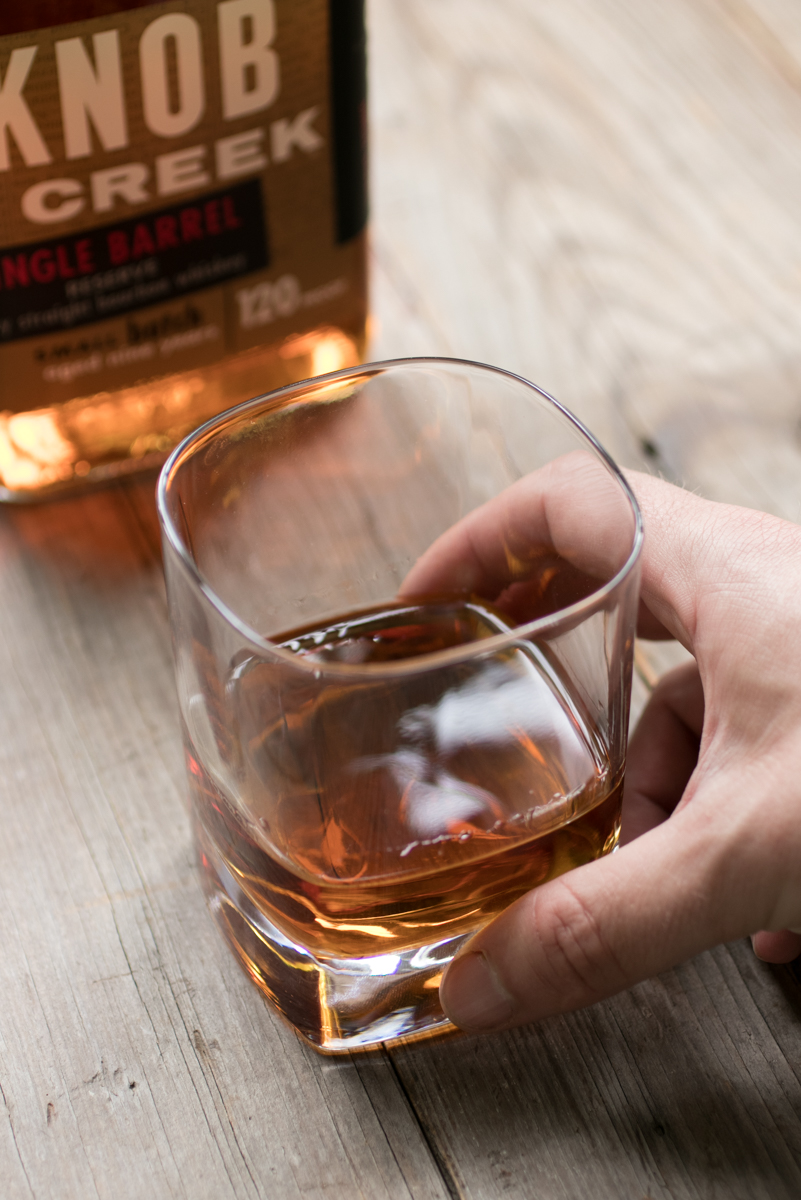Why I’m Quitting the Glencairn Glass

The Glencairn glass is the product of a spirits industry that has attempted to identify the ideal glass for tasting whatever product they’re trying to sell. There are separate wine glasses for enjoying your pinots noir and pinot grigio, a wide variety of glasses to complement a certain style of ale or lager, and specific glasses for “fully experiencing” tequilas, gins, and brandies.
Mostly, these glasses are employed at competitions, industry events, and certain high-end bars and restaurants with expansive “programs.” But there is one specialty glass that has made its way into the homes of consumers and fans since it came into production in 2001: the Glencairn whiskey glass.

The tulip-shaped cut crystal glass made by the Glencairn Crystal company and designed by Raymond Davidson is labeled as the vessel par excellence for sipping Scotch whisky. It’s endorsed by the Scotch Whisky Association, and it is used by every major whiskey company in Scotland and Ireland thanks to the drinking experience it delivers. These days, you’ll find them everywhere, from tasting rooms all over Kentucky Bourbon country to chain stores such as Crate and Barrel and even Target. The Glencairn glass is inexpensive and seems to be an easy add-to-your-collection item for whiskey and bourbon enthusiasts.
What is a Glencairn glass?
The idea is simple: the glass is around 175ml (6 oz.) and is designed to hold 50 ml of spirit (1.75oz), the identified ideal ratio of liquid to air. The glass is made for “nosing,” wherein the aromatic molecules coming off the liquid are funneled into a tighter bouquet at the top, allowing the sipper to maximize the nose and further enhance the experience of fine whisky.
I have owned two Glencairn Whiskey Glasses for nearly ten years now, employing them whenever I have a bottle that costs more than $30. Ideally, I use the glasses when I want to get the most of my investment, and admittedly, they do make great props for photoshoots.
But.
I don’t actually like this particular whisky glass and, I think I’m done.
Why? Because I don’t simply don’t get the joy out of them as much as a standard rocks glass or tumbler. After many evenings trying to enjoy something complicated and well-aged, I’ve decided these do not enhance my experience at all. In fact, for me, they end up detracting from the enjoyment of something special on which I’ve spent my hard-earned money.
Glencairn Glass: Reasons To Stop Using It
Objection #1: They’re too small. The fluted cylinder shape designed to concentrate the aroma certainly makes it better for nosing. But it makes it worse for sipping. I do not have an abnormally large nose nor face, but I cannot, for the life of me, figure out how to fit both my nostrils and enough of my mouth in the glass to get the liquid to my palette. This requires me to smell and taste the spirit separately, and while that might work for identifying its characteristics, it does not make my whiskey fun to drink.
Objection #2: They’re too dainty. Whiskey need not be big and brutal. Some of my favorite dram options are light, complex, and sophisticated. But whiskey is still whiskey, and whether it has some high-proof heat or features delicate spice and floral notes, sipping a neat pour is not the same as enjoying something like champagne. It’s a warming, intense experience, and the fact that it’s a-little-tough-to-swallow is all part of the fun.
Pouring a 16-year-old Islay into a Glencairn glass held with two fingers feels like smoking a brisket for twelve hours, then taking it to a tea party to be sliced paper-thin and served on finger sandwiches with the crusts cut off. With my hands, the shape and scale of the thing literally make me stick my pinky in the air, because there’s not enough room for it on the glass. Fine for tea. Not for single malt.
Objection #3: Enjoying whiskey at home is not the same as assessing it in a tasting context. I do not think the whiskey industry is wrong. I have full confidence that the people who taste some of the most complex and exquisite spirits in the world know how to best experience and assess them. And the next time I attend a distillery tour in Kentucky, I fully expect the tastings of different mash bills, small-batch, single barrels, and the like to come in the Glencairn whiskey glass with its brand name etched on the outside. And I’ll love it.
But, once you have a bottle at home, you’re not there to distinguish among several styles and varieties. You’re there to unwind, enjoy a glass or two, and marvel at the craft of the people who made the whiskey for you, with wonder at how ingredients as simple as grain, water, and charred oak could taste this good.
At home, the Glencairn whiskey glass is fussy, and, at least for me, unnecessary. Don’t set the table Thanksgiving-style for a cheeseburger. Even if it’s an $18 one.

My Glencairn whiskey glass replacement
From now on, I’ll follow my intuition, and enjoy my whiskey in a rock glass. It will be heavy on the bottom, with a nice, wide diameter so I can wrap my whole hand around it. A proper sip of whiskey is a full-bodied experience, and so I will use more of my body to enjoy it. It will feel weighty in my hand because whiskey itself is a weighty experience.
I will not be getting rid of my Glencairn whisky glasses. They will stay on the shelf next to my martini coupes, and on occasion, I will probably pull them out. They will likely still show up in ManMade photos, if only for variety and help with visual storytelling. But, on any given Saturday night as I savor my investment bottles, I’ll be enjoying my Scotch, bourbon, or Irish pot still from a solid 10-12 oz tumbler. Perhaps my aroma molecules will dissipate faster due to the wider surface area and more exposure to air. That’s okay. I’ll feel more connected to the thing I paid for. Because that’s what I love about whiskey.
And our differences are what makes the world go round.









